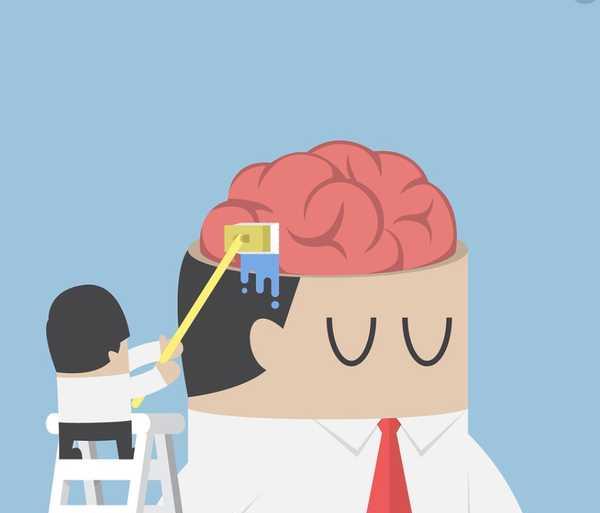Maintaining Mental Clarity Through Metacognition
Drawing from popular responses, this article explores how to maintain mental clarity through metacognition - monitoring and controlling our thought processes, while avoiding defensive habits and cognitive biases that cloud judgment.

Maintaining mental clarity requires a deep understanding of how our minds work and the development of metacognitive skills - the ability to think about our own thinking processes. This approach involves several key dimensions:
Mental filtering is crucial for clarity. Our brains are constantly bombarded with information, much of it irrelevant or misleading. Learning to filter input requires skepticism toward simplistic logic, grandiose rhetoric, and unexamined assumptions. This means evaluating information based on evidence rather than authority or popular opinion.
Metacognition serves as an internal monitoring system. When faced with decisions or challenges, metacognition allows us to step back and observe our thought processes objectively. This helps identify when emotions or biases may be clouding our judgment. For example, when feeling defensive about criticism, metacognition lets us pause and consider whether the feedback might have merit despite our initial reaction.
Physical and environmental factors significantly impact mental clarity. Regular sleep patterns, proper nutrition, exercise, and an organized living space all contribute to cognitive function. Research from Scotland shows that a clean environment can reduce stress by 20% and improve concentration. These external supports create conditions conducive to clear thinking.
Defensive thinking patterns often impair clarity. When our ideas are challenged, we tend to react defensively rather than consider alternative viewpoints. This “cognitive immune system” protects our existing beliefs but can prevent learning and growth. Recognizing this tendency is the first step to overcoming it.
Developing mental clarity requires consistent practice:
- Regular reflection through activities like meditation
- Actively questioning assumptions and seeking contrary evidence
- Creating space between stimulus and response
- Building awareness of emotional triggers
- Maintaining physical and environmental foundations
The goal is not to eliminate emotion or intuition, but to develop the metacognitive ability to recognize when they are inappropriately driving our thinking. With practice, we can learn to maintain mental clarity even in challenging circumstances.
The journey to mental clarity is ongoing. It requires patience, self-awareness, and the willingness to examine our own thinking processes objectively. While perfect clarity may be impossible, cultivating these metacognitive skills allows us to think more clearly and make better decisions.